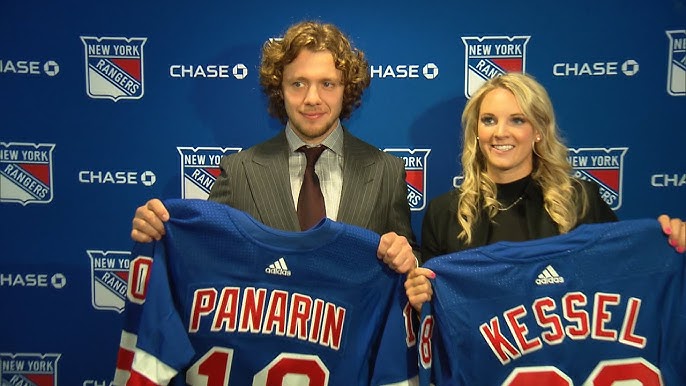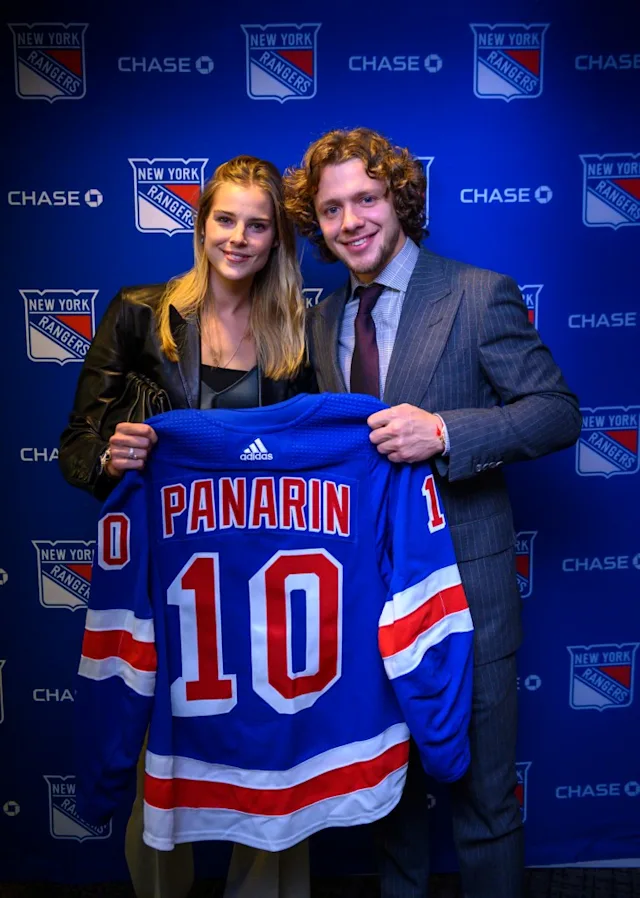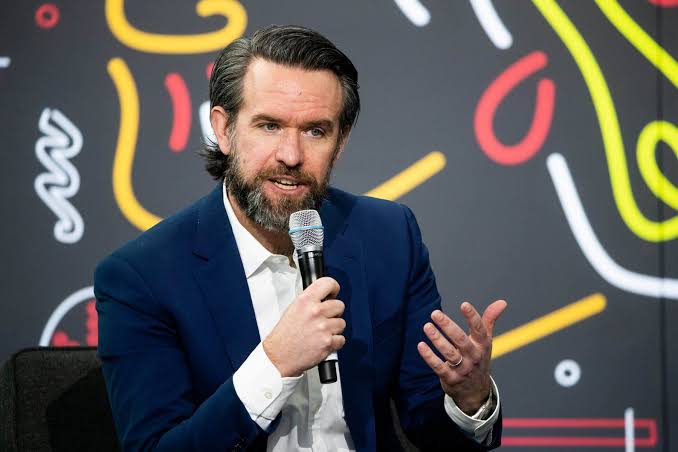
A New Blueprint for Giving: From Indianapolis to Manhattan, Athletes Redefine Their Legacy Off the Field of Play
In an era defined by staggering professional sports contracts and immense personal wealth, two stories of profound generosity are intersecting to redefine what it means for an athlete to give back. What began as a local story of a former Indiana Pacers legend has now become a national conversation, a testament to the powerful impact an individual can have when they choose compassion over indifference.
Last month, former Pacers power forward Dale Davis captivated the world by donating his entire $12.6 million in annual earnings to the “Hoosier Hope Project,” a comprehensive initiative to build 150 permanent housing units and 300 emergency shelter beds in Indianapolis. It was a move that was as stunning in its scale as it was in its quiet execution, embodying the humble, hardworking persona that made him a fan favorite. Davis’s gift was a powerful statement of purpose: a commitment to create lasting change for his community by addressing the foundational crisis of homelessness.
Now, that same spirit of selfless giving is reverberating through the hockey world. Sources close to the situation have confirmed that New York Rangers star Artemi Panarin and his wife, Alisa Znarok, will donate a portion of his significant season winnings and sponsorship deals to various charities and homeless relief organizations. This announcement adds another layer to the emerging narrative of athletes who are leveraging their wealth not just for personal gain, but for the betterment of society.

The news of Panarin’s pledge arrives at a time when the sheer magnitude of player contracts—particularly the bonuses—has become a hallmark of professional sports. Just as the NBA’s contracts have ballooned into hundreds of millions, so too has the NHL seen record-breaking deals. Players like Nathan MacKinnon, who signed an eight-year, $100.8 million deal with an average annual value of $12.6 million, and Connor McDavid, who signed for an average of $12.5 million per year, have become the faces of a new economic reality. These figures highlight the immense financial opportunities available to today’s elite athletes, and with those opportunities comes a heightened responsibility.
Panarin’s move, while distinct in its execution from Davis’s, shares the same core value. It is an act of deliberate kindness in a landscape often criticized for its focus on extreme wealth. The decision by Panarin and Znarok to direct a portion of their earnings toward homelessness relief speaks to a growing awareness that the challenges facing our communities are too great to be ignored. It’s a recognition that their platform and financial success are not just personal victories, but a public trust.

Panarin, known as “the Breadman” to fans, has always been a player who lets his game do the talking. His quiet demeanor off the ice contrasts sharply with his electrifying play on it, much like Davis’s no-nonsense approach to basketball. This common thread of humility is what makes their philanthropy so resonant. They are not seeking headlines or adulation; they are simply acting on a deep-seated belief that they can and should make a difference.
The details of Panarin’s donation remain private, a choice that aligns with the couple’s low-key public persona. Alisa Znarok, a fashion model, and Panarin have maintained a guarded personal life, choosing to let their actions speak louder than their words. This is a far cry from the high-profile, often-publicized philanthropy of past generations. This new model of giving is about quiet resolve and genuine commitment. It’s about a donation to a local shelter in New York City or a small-scale initiative, not just a headline-grabbing, multi-million dollar foundation.

While the hockey world has a rich history of charitable work, from the NHLPA’s Goals & Dreams fund to individual player foundations, Panarin’s donation feels particularly poignant in this moment. It arrives on the heels of Davis’s groundbreaking gift, creating a powerful, cross-sport narrative. It suggests a new benchmark for athlete philanthropy, one that is less about public relations and more about tangible, community-focused impact.
This is a story about a new kind of legacy. For so long, an athlete’s legacy was defined by championships, statistics, and Hall of Fame inductions. But as we see with Dale Davis and now with Artemi Panarin, a new, more profound legacy is being forged. It is a legacy of compassion, empathy, and social responsibility. It proves that the most powerful plays aren’t always on the court or the ice, but rather in the quiet decisions made behind closed doors to help those in need.

This trend is a powerful counterpoint to a world that can often feel indifferent. It is a world where financial success is often celebrated for its own sake. But Davis and Panarin are demonstrating that true success lies not in how much you accumulate, but in how much you give back. Their actions serve as a blueprint for a new generation of athletes, a roadmap for leveraging their immense platforms to tackle the most pressing social issues of our time. It’s a testament to the idea that a single act of kindness can create a ripple effect, inspiring others to follow suit and solidifying a new kind of greatness.


